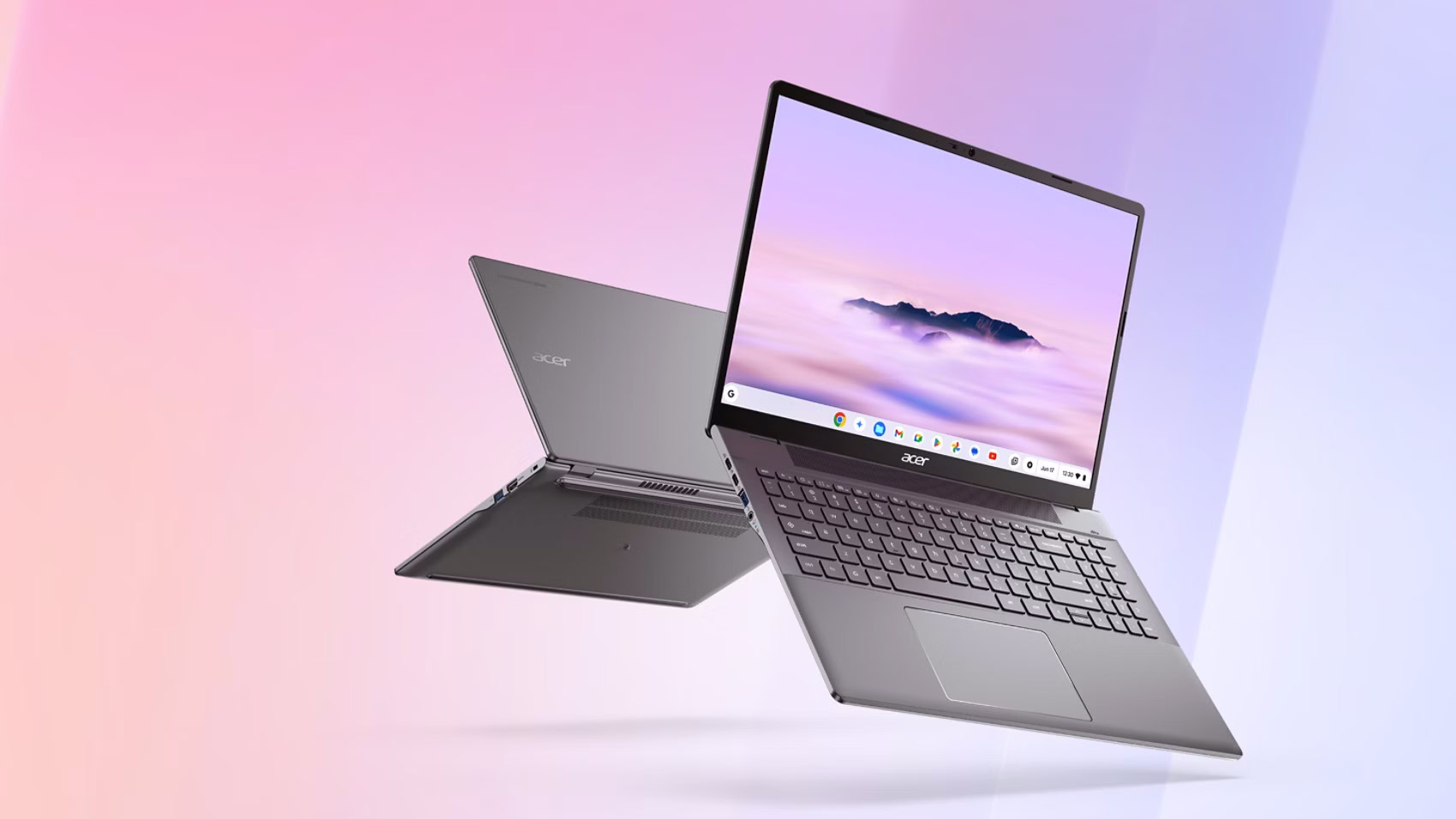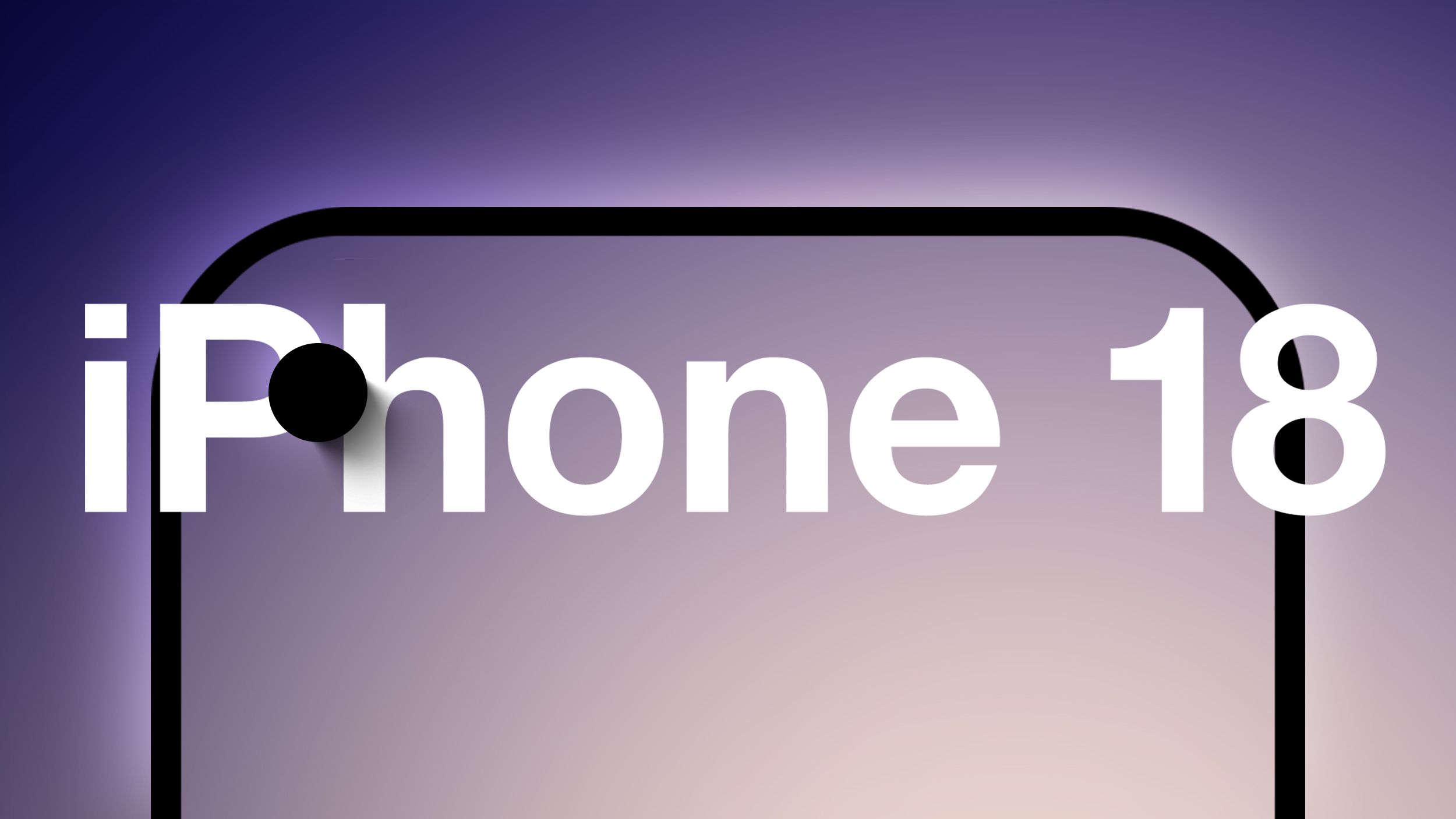Billions of people around the world are connected to the internet, but at the same time, there are billions who are still unconnected, especially those who live in rural and remote regions.
To fill this gap, SpaceX’s Starlink, Amazon’s Project Kuiper, and China’s GuoWang are all competing to provide high-speed internet via satellite constellations in low Earth orbit (LEO) to the billions of people who still cannot easily connect.
Since its first launch in 2019, SpaceX has redefined the meaning of satellite internet access. As of this writing, Starlink’s constellation exceeds 7,000 satellites, with plans to reach 42,000 by 2030.
Starlink, which offers speeds up to 220 Mbps, serves over four million subscribers across more than 100 countries so far. From rural communities in America to war zones like Ukraine, people can connect to Starlink where they have no other option for internet access.
Starlink uses laser-based inter-satellite connectivity to enhance data transfer efficiency, reducing reliance on ground networks and making it easier for users to access the web.
Amazon’s Project Kuiper, named after the Kuiper Belt, is a new player to the LEO satellite field, aiming to deploy 3,236 satellites soon. As of now, Project Kuiper is set to send its first full batch of satellites to space as early as April 28.
Competing with Starlink, Kuiper’s optical inter-satellite link (OISL) technology promises transmission speeds rivaling terrestrial fiber, with test
results showing up to 400 Mbps.
Starlink’s laser links and Kuiper’s OISL technology create mesh networks in space, enabling faster data routing without multiple ground stations.
According to Amazon, its satellite system “will include more than 3,200 advanced low Earth orbit satellites, and we’ve secured more than 80 launches to deploy that initial constellation, with each one adding dozens of satellites to the network.”
Amazon has invested approximately $10 billion in the project, and its new facilities in Washington and Florida underscore its commitment. However, with only prototypes in orbit, Kuiper continues to lag behind Starlink. Its next satellite launch will determine how successful Kuiper is and whether it can penetrate emerging markets.
China’s satellite internet ambitions center on GuoWang, a state-owned project by China SatNet, and Qianfan, led by Shanghai-based SpaceSail. GuoWang plans a constellation of nearly 13,000 satellites, while Qianfan aims for 15,000 by 2030, starting with 648 in 2025.
As with many of its projects, such as its Belt & Road Initiative (BRI) across Asia, Africa, and Europe, China aims to challenge Western dominance in space as well.
With 18 satellites launched in 2024, Qianfan has now secured deals in Brazil and Kazakhstan and is hoping to negotiate more deals in other countries.
Qianfan and GuoWang aim to reduce reliance on Western infrastructure as China deems Western power a threat to its national security, especially in potential conflicts such as over Taiwan. Naturally, countries in the West are concerned about Qianfan’s expansion, since this also poses a security threat for Western countries, especially with regard to data security, intelligence, and surveillance.
Starlink’s advantage of being first, as well as its ability to launch, make it the frontrunner, but Kuiper’s financial backing and GuoWang’s state support could give them the boost they need to surpass Starlink.
With 4 billion people lacking reliable internet, LEO constellations promise to connect remote regions where fiber and 5G are impractical. Starlink’s impact in rural Thailand and Ukraine demonstrates this potential, for instance, while Kuiper and GuoWang are working to target similar unconnected markets. However, high equipment costs and subscription fees remain an obstacle and, for the near future at least, will limit accessibility in developing economies.
If the point is to connect underserved communities, these companies will need to find a way to lower costs. If they succeed, we can expect to see a completely connected globe in our lifetime – an incredible achievement for mankind.











